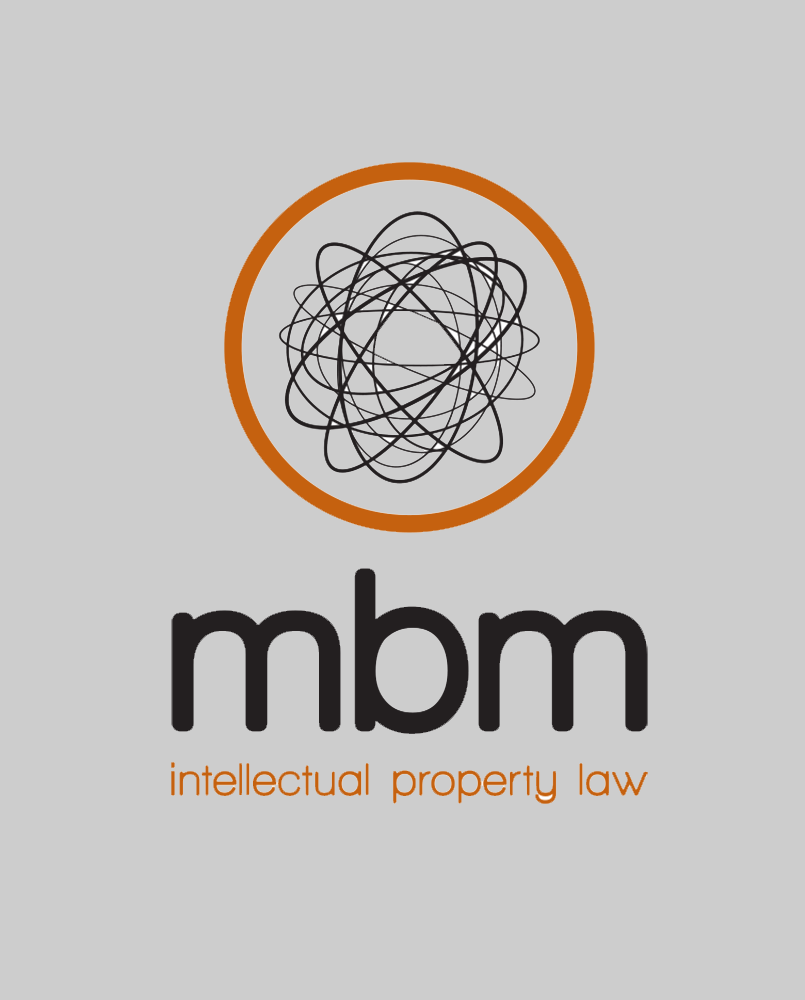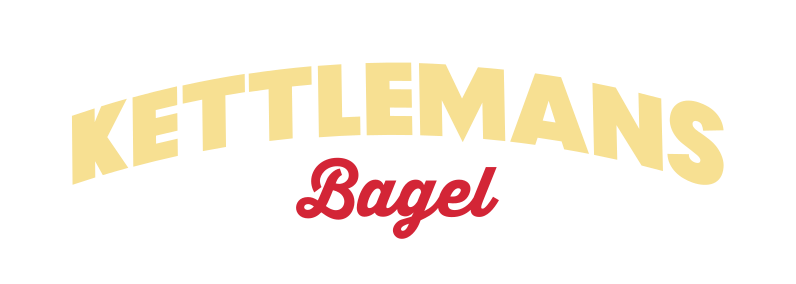Protecting your company’s intellectual property (IP) is crucial to maintaining a competitive advantage. Intellectual property is one of your core business assets that differentiates your company from its competitors. By securing IP rights, you ensure that your unique products, services, and brand elements are protected from unauthorized use or copy. This protection not only helps discourage competitors from copying or using your IP but also can help secure funding and enhance your company’s reputation, credibility, and market value.
If your company’s IP is not protected, it becomes vulnerable to infringement and misuse by others. Competitors could freely replicate your inventions, branding, or creative works, potentially undermining your market share and eroding your revenue. Without IP protection, you lack the legal standing to prevent others from exploiting your ideas.
In the event of IP disputes and infringement, dispute resolution and litigation become necessary. MBM’s litigation team, with combined litigation and technical expertise, can represent clients in front of all levels of Courts, including the Supreme Court of Canada, the Federal Court, the Federal Court of Appeal, Provincial Courts across Canada, and the Canadian Intellectual Property Office (CIPO). We can provide litigation and dispute resolution services involving patents, industrial designs, trademarks, copyrights, licensing, IP ownership and contract disputes, trade secrets, and domain names, among others. The litigation department works closely with our technical experts and patent and trademark agents to ensure that the most comprehensive analysis of your legal IP issues is done.
At MBM, we prioritize exploring alternatives to litigation before resorting to court proceedings. We recognize that litigation can carry substantial costs, consume valuable time, and disrupt the normal operations of your business. As such, we will collaborate with you to exhaust all viable options for resolving disputes outside of the courts. When litigation becomes an inevitable necessity, we commit to devising a cost-effective strategy tailored to your business’s unique needs and objectives. Furthermore, our approach to litigation extends beyond the present dispute, as we strive to develop preventative measures to minimize future IP-related disputes.
Some of our litigation success stories are precedent-setting. We are proud of our work in the courtroom and the success we have had, but as your strategic legal advisors, we believe that the best litigators settle outside the courtroom and that is always our goal.
What do we provide as part of MBM’s IP litigation & dispute resolution services?
- Patent enforcement, infringement, invalidity, Patented Medicines – Notice of Compliance (PM(NOC)) and Patent Appeal Board reviews
- Trademark enforcement, infringement, passing off, expungement, and Trademark Office cancellations and oppositions
- Anti-counterfeiting and customs seizures
- Copyright enforcement and infringement
- Industrial design enforcement, Infringement, and invalidity
- Website takedowns, cybersquatting and domain name disputes
- IP disputes on social media (incl. Facebook, Instagram, Twitter, LinkedIn, TikTok, Pinterest, and Youtube) and e-commerce platforms (incl. Amazon, eBay, Etsy, Alibaba, Ali Express, and Walmart), including takedowns complaints and responses
- Rights of publicity litigation
- False advertising
- IP contracts and licensing disputes
- Trade secret infringement and misuse of confidential information litigation
- Unfair competition
- Intellectual property ownership disputes
- Drafting cease & desist letters or demand letters
- Negotiating settlements, including royalty and licensing agreements
- Mediation, arbitration, and alternative dispute resolution for intellectual property disputes
How to get started?
MBM is happy to provide the initial consultation free of charge to help you first identify your specific intellectual property needs.
Book a Consultation

Clients We Have Worked With
What our clients say about us





















